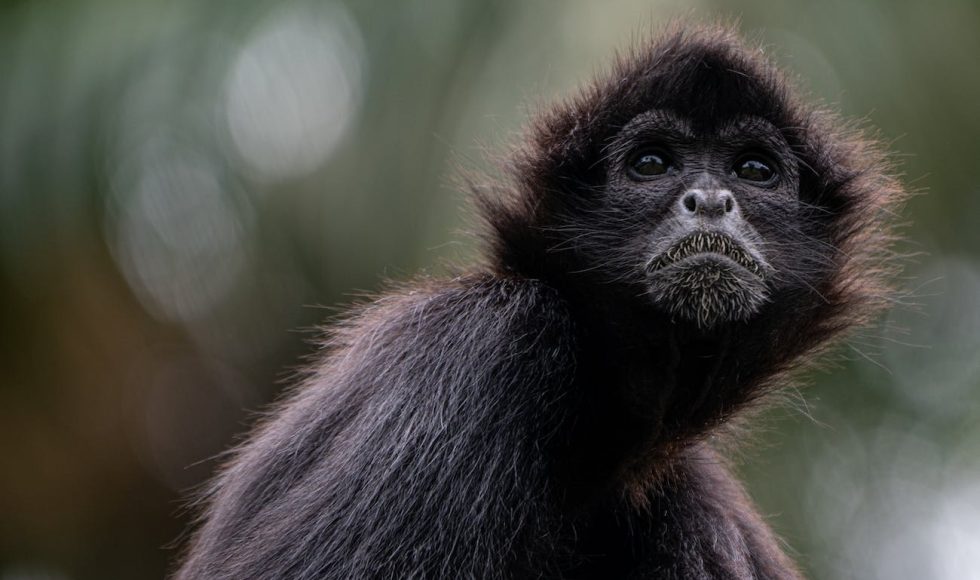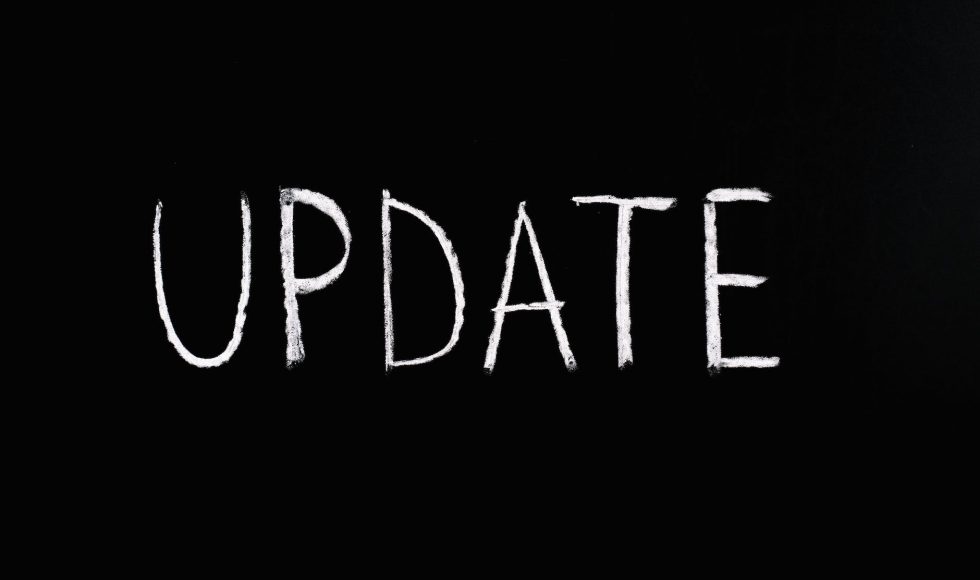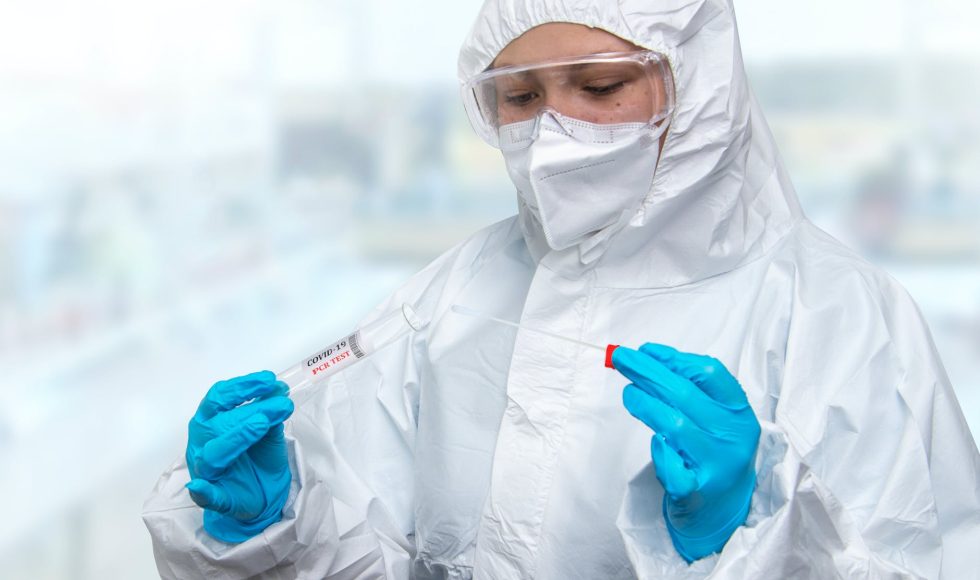Gabriela Pozo spoke at the Nanopore Community Meeting 2022 about “Whole-genome sequencing of the Ecuadorian brown-headed spider monkey (Ateles fusciceps fusciceps), a critically endangered species. Pozo is from the Universidad San Francisco de Quito, Ecuador. Pozo mentioned that this is a diurnal primate, with a mostly ripe fruit diet and also mushrooms and insects, and […]
Marcus Stoiber, a Principle Algorithms Researcher with Oxford Nanopore Technologies, presented at the Nanopore Community Meeting 2022 the “Nanopore modified base update.” Stoiber explained Oxford Nanopore sequencing allows for powerful epigenetics research because it can “directly detect methylation with high reproducibility and low bias.” You can sequence native DNA and RNA to assess modification. The […]
Continuing with Devin M. Drown’s work, today I watched their Nanopore Community Meeting 2022 session entitled “Portable genomics hackathon for pathogen detection: a practical application of adaptive sampling to engage undergraduate learning.” Drown is at the University of Alaska Fairbanks. Drown explained that the MinION can be used to engage students in problem-solving and applications […]
Sarah Frampton from the University of Southampton, UK spoke at the Nanopore Community Meeting 2022 on “Shinning a light on the FCGRs: deconvoluting their challenging (epi)genomic organisation and consequences in immune oncology research.” Frampton is a Ph.D. student and spoke about monoclonal antibodies and their therapeutic potential. The Fc gamma receptors, Frampton explained, are important […]
I am now watching videos from the Oxford Nanopore Technologies (ONT) YouTube playlist that includes sessions from the NCM 2022. I want to learn more about what others are doing with Nanopore and how to use automation and pipelines more efficiently. The first session I watched tonight was on “End-to-End human genome nanopore sequencing and […]
Anupama Chandramouli presented the NCM 2022 Oxford Nanopore Technologies masterclass entitled “How to get started with nanopore sequencing and plan your experiment.” Chandramouli is a Field Application Scientist for the North East Region, Americas with Oxford Nanopore Technologies. They described the process starting with extraction of nucleic acids. Chandramouli explained that the nanopores they use […]
We began working with the VolTRAX2 today. I’m excited to use it for library preps along with the Miroculus Miro. Tonight I watched the NCM 2022 Masterclass session by Matt Attreed on “How to generate and call variants.” Attreed is a technical applications scientist (bioinformatics) with Oxford Nanopore Technologies. They began by providing an introduction […]
The Oxford Nanopore Technologies (ONT) NCM 2022 masterclass I watched tonight was “How to basecall your data and detect methylation” with Jessica Anderson, a field application scientist with ONT. The recording is available. Anderson described how Nanopore sequencing works: as DNA/RNA strands pass through the pore, changes in current are detected. Anderson explained that basecalling […]
Austin Compton is a Technical Applications Specialist at Oxford Nanopore Technologies and presented a masterclass at NCM 2022. We’ve used the MinION but I don’t know as much about the PromethION and Flongle. Compton shared a slide that indicated that the Flongle flow cells have 126 pores, MinION flow cells have 512, and PromethION flow […]
Tonight I started watching Oxford Nanopore Technologies NCM 2022 Masterclasses. The first recording I watched was by Vania Costa on “How to extract high-quality DNA and RNA.” They spoke about considerations for different fragment lengths. For example, you may want long and ultra-long DNA fragments for assembly. However, for cell-free DNA sequencing you are likely […]











